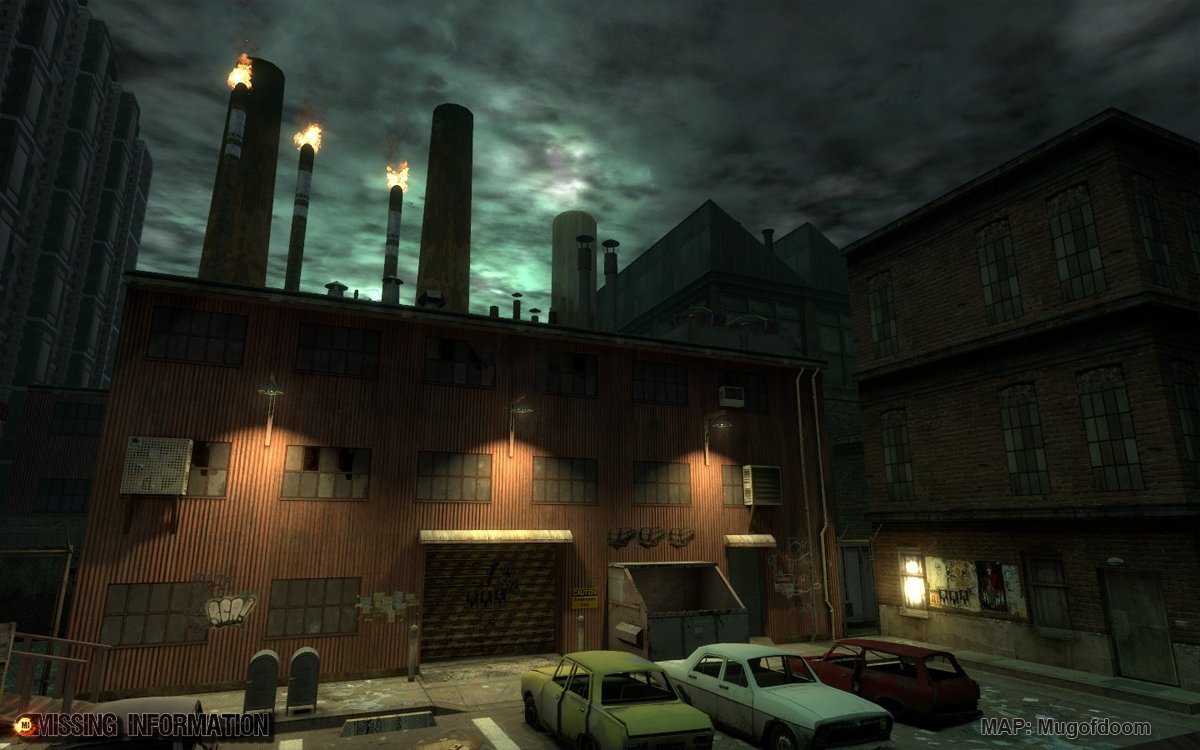
(Note that this is equal to: \(\frac\) ) Question The net decline in radioactive emissions after 3 half-lives = 1,000/8,000

Notice how the count rate falls to half its previous value every four days. The table shows how the count rate of an isotope might change over time. Another way to define the half-life of a radioactive isotope is the time taken for count rate from a sample to decrease by a half. In turn, this reduces the count rate measured by a detector such as a Geiger-Muller tube. Radioactive decay causes a reduction in the number of unstable nuclei in a sample. A graph showing how the amount of carbon-14 atoms in a sample would change over time Calculating net decline - Higher For example, if an ancient dead tree contains half the expected amount of carbon-14, it must have died about 5,700 years ago. The amount left can be compared to currently living organisms and an approximate age given for the fossil. This means the amount of carbon-14 will decrease over time. When a living thing dies, it stops absorbing carbon-14. Carbon-14 has a half-life of about 5,700 years. Some of the carbon atoms are carbon-14, which is a radioactive isotope of carbon. Living things absorb carbon dioxide and other carbon compounds. Half-life can be used to work out the age of fossils or wooden objects. For example, radioactive decay does not slow down if a radioactive substance is put in a fridge.

The half-life of a particular isotope is unaffected by chemical reactions or physical changes. Plutonium-239 has a half-life of 24,100 years but plutonium-241 has a half-life of only 14.4 years. The half-life of a radioactive isotope is the time taken for half the unstable nuclei in a sample to decay.ĭifferent isotopes have different half-lives. So, we use the time in which half of any of these unstable nuclei will decay. Some of its unstable nuclei decay in a short time, while others decay much later. However, even tiny pieces of material contain very many atoms. Even if a nucleus is unstable, there is no way to tell whether it will decay in the next instant, or in millions of years’ time.


 0 kommentar(er)
0 kommentar(er)
